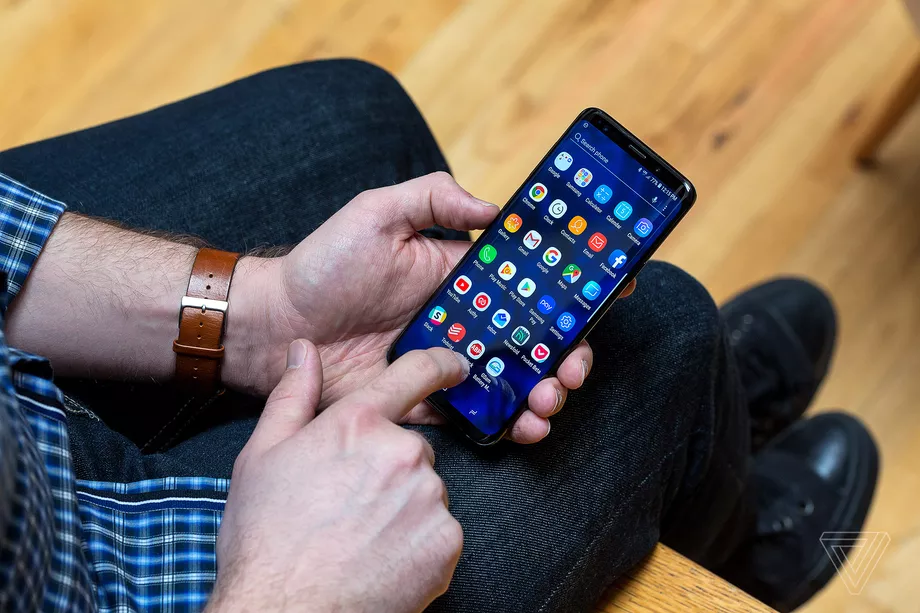Google app suite costs as much as $40 per phone under new EU Android deal

Android manufacturers will have to pay Google a surprisingly high cost in Europe in order to include Google’s Play Store and other mobile apps on their devices, according to documents obtained by The Verge. A confidential fee schedule shows costs as high as $40 per device to install the “Google Mobile Services” suite of apps, which includes the Google Play Store. The new fees vary depending on country and device type, and it would apply to devices activated on or after February 1st, 2019.
But phone manufacturers may not actually have to shoulder that cost: Google is also offering separate agreements to cover some or all of the licensing costs for companies that choose to install Chrome and Google search on their devices as well, according to a person familiar with the terms. Google declined to comment.
Google’s licensing terms are changing in Europe later this month on account of a European Commission ruling that barred the company from requiring phone manufacturers to bundle Chrome and search with the rest of its suite of apps. In public statements, Google has been cagey about exactly how the new licensing fees will be structured, but documents reveal the deal with EU manufacturers will be rated by country and pixel density.
EU countries are divided into three tiers, with the highest fees coming in the UK, Sweden, Germany, Norway, and the Netherlands. In those countries, a device with a pixel density higher than 500 ppi would have to pay a $40 fee to license Google’s suite of apps, according to pricing documents. 400 to 500ppi devices would pay a $20 fee, while devices under 400 ppi would pay only $10. In some countries, for lower-end phones, the fee can be as little as $2.50 per device.
It’s unclear why pixel density is so central to the pricing scheme, but it is likely being used as a proxy for the price of the overall device, as higher pixel density devices usually cost more. (Samsung’s Galaxy S9 has a pixel density of 570 ppi, for example.) Tablets would also face an entirely different pricing tier, applied evenly across countries and capping out at $20 per device. It’s possible that some manufacturers could negotiate separate deals, but a source familiar with the structure said it’s unlikely they would vary significantly.
Source: https://www.theverge.com
Previous Story
- Camera shootout! Testing the latest Pixel, iPhone, and...
- Google will start charging Android device makers a...
- Duplex Goes From Scary For Some To Useful...
- Google Pixel 3 & Pixel 3 XL first...
- Best Buy accidentally sells customer the new, unannounced...
- Google CEO goes to Washington, will return to...
- Google announces cards, discovery tools, revamped image search...
- Google’s Touring Bird is a travel tool to...